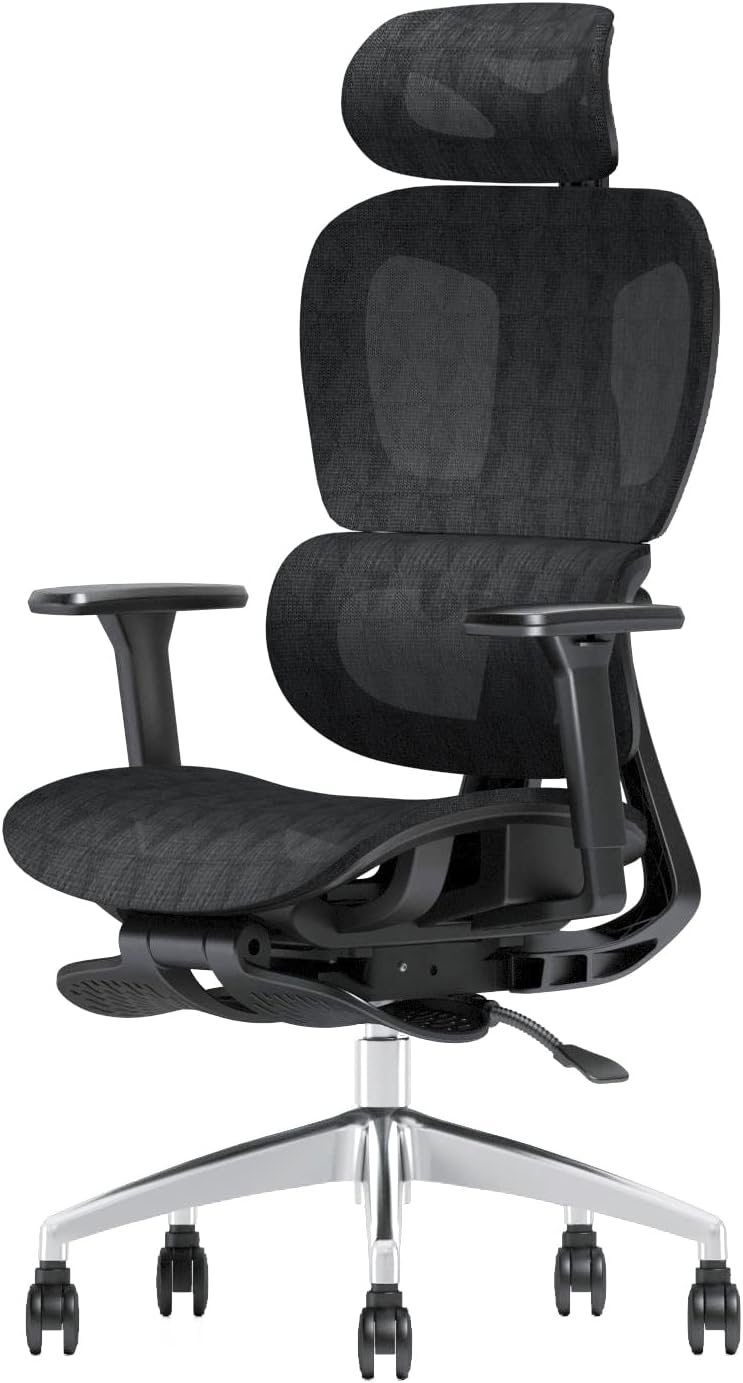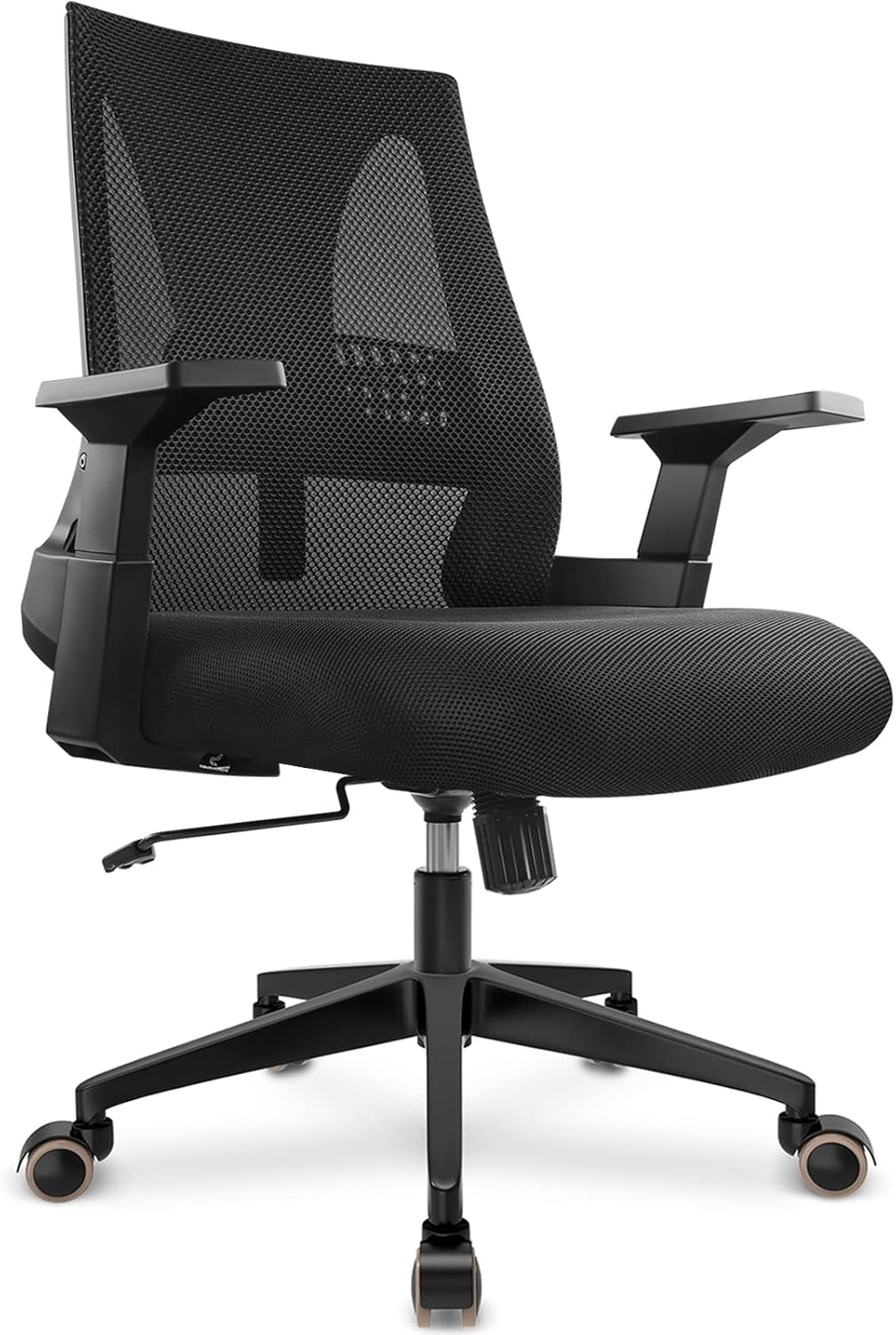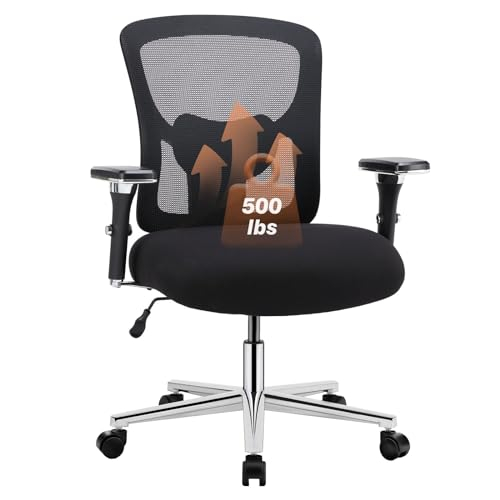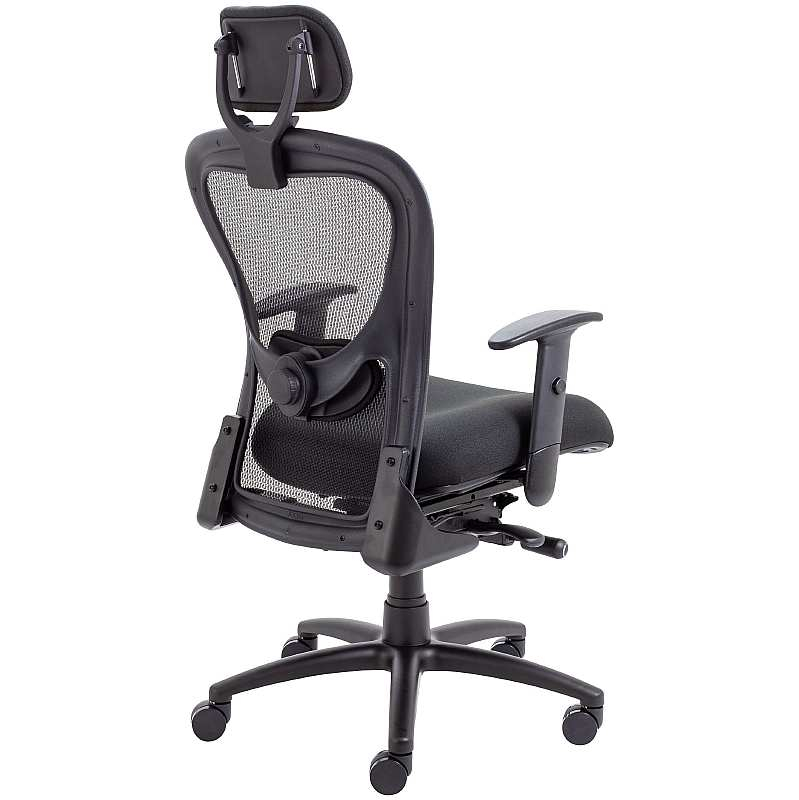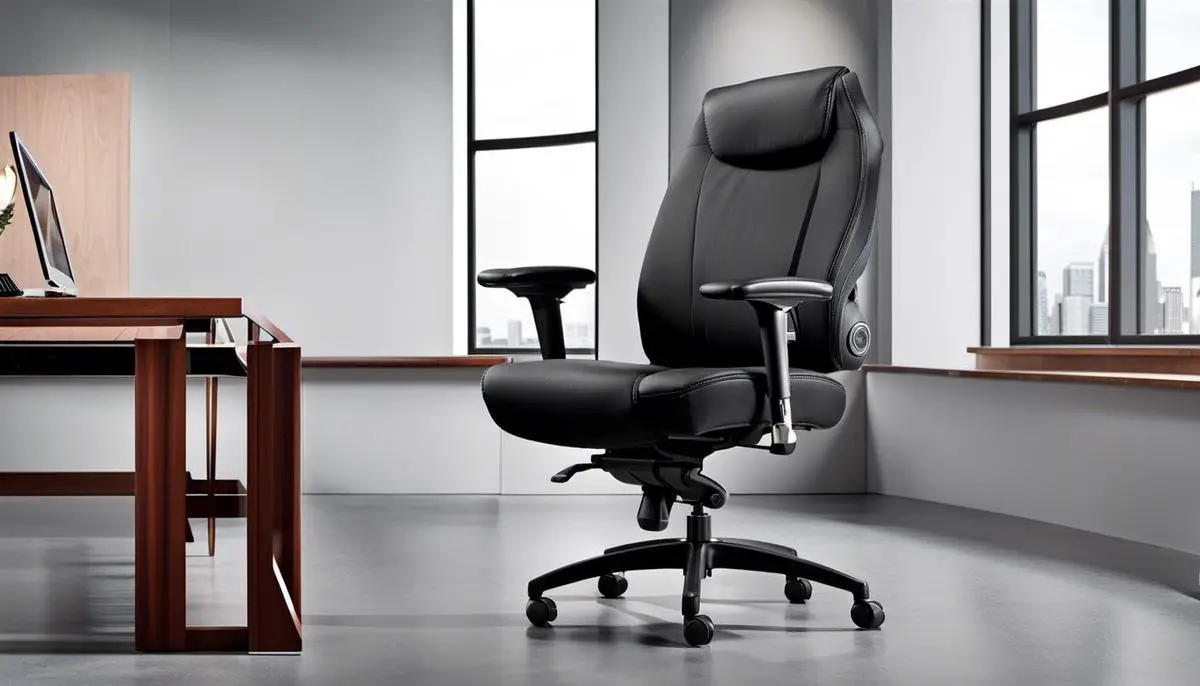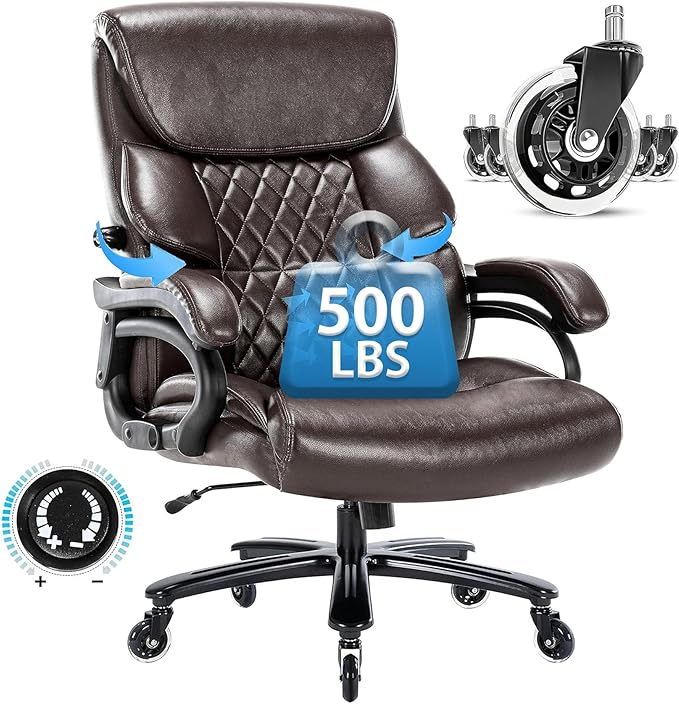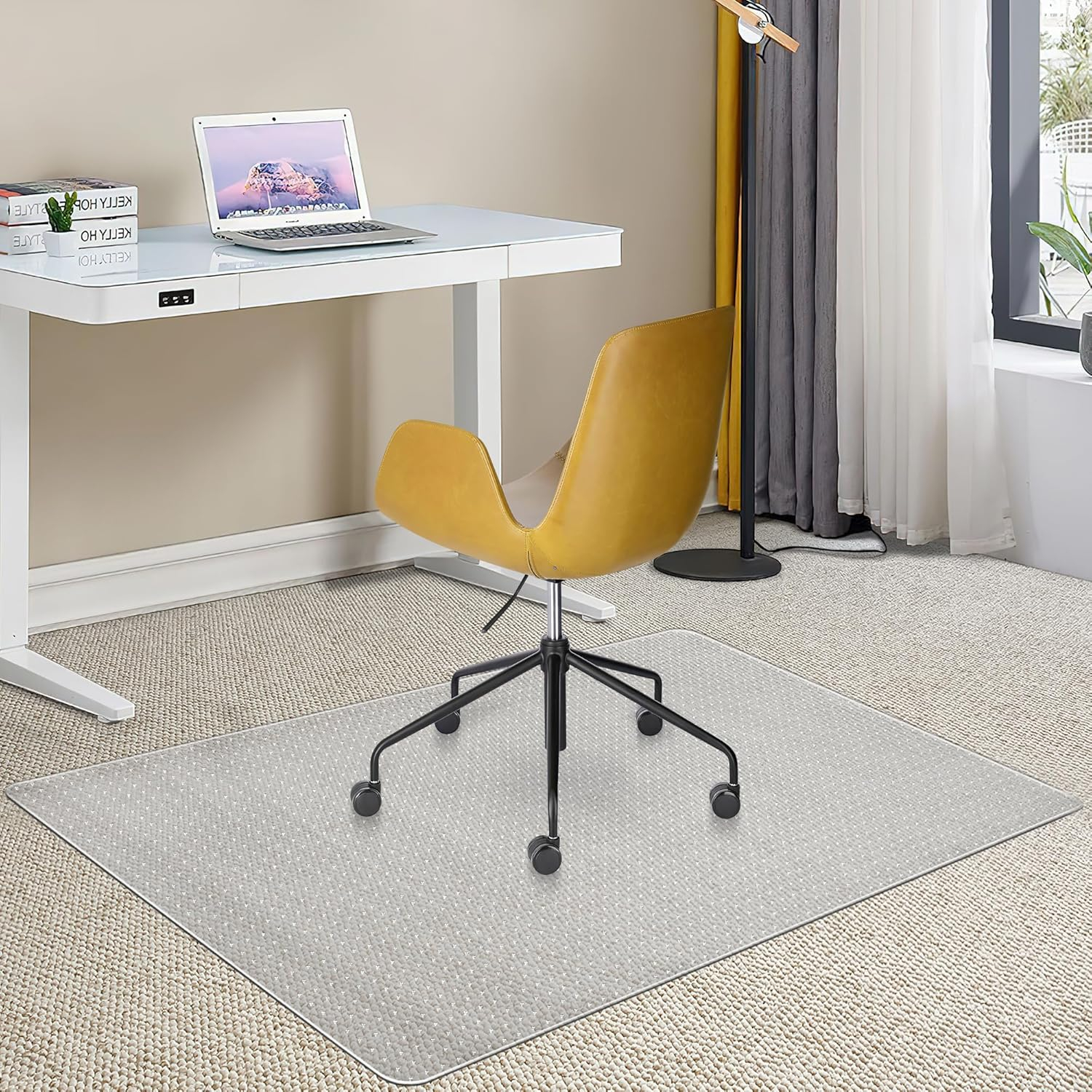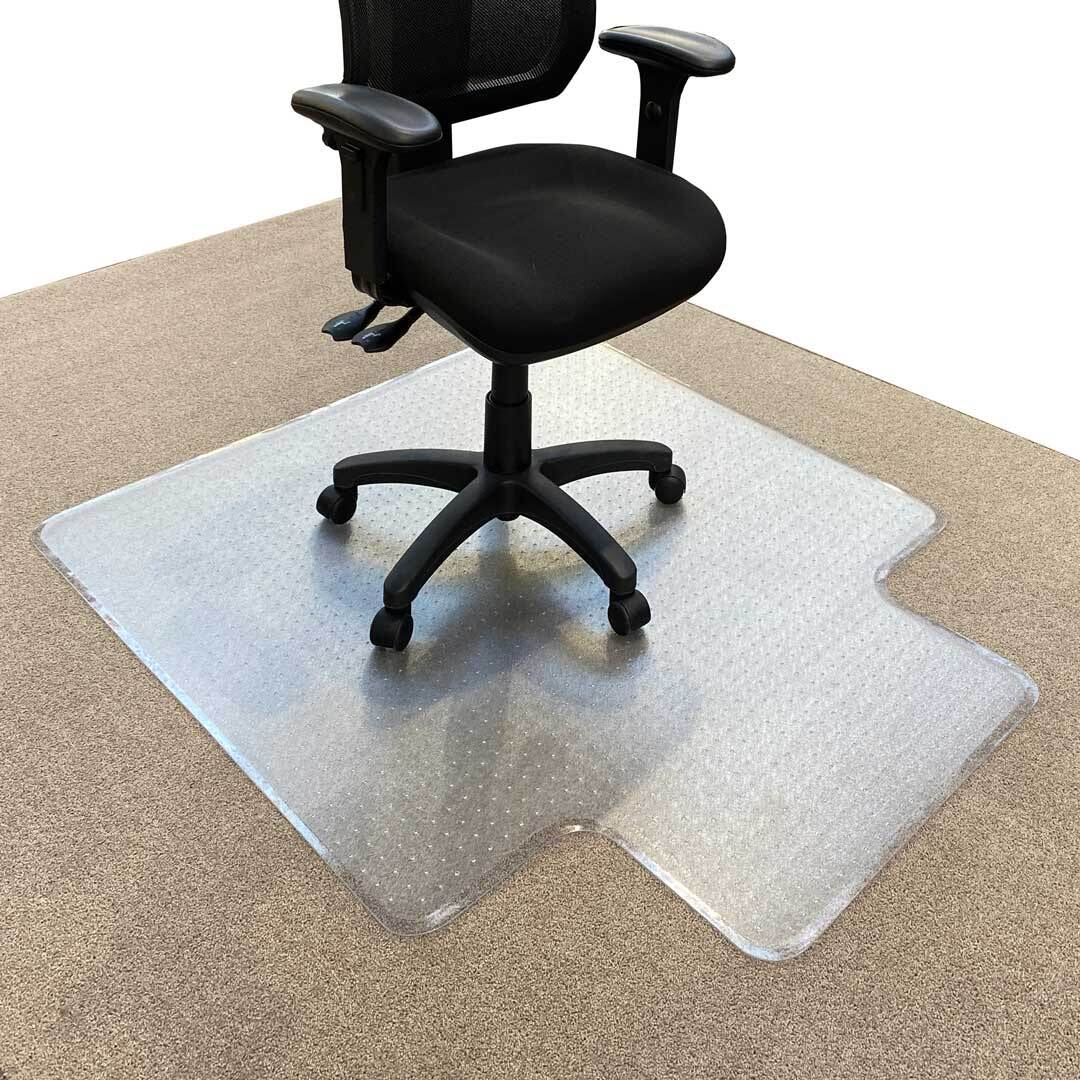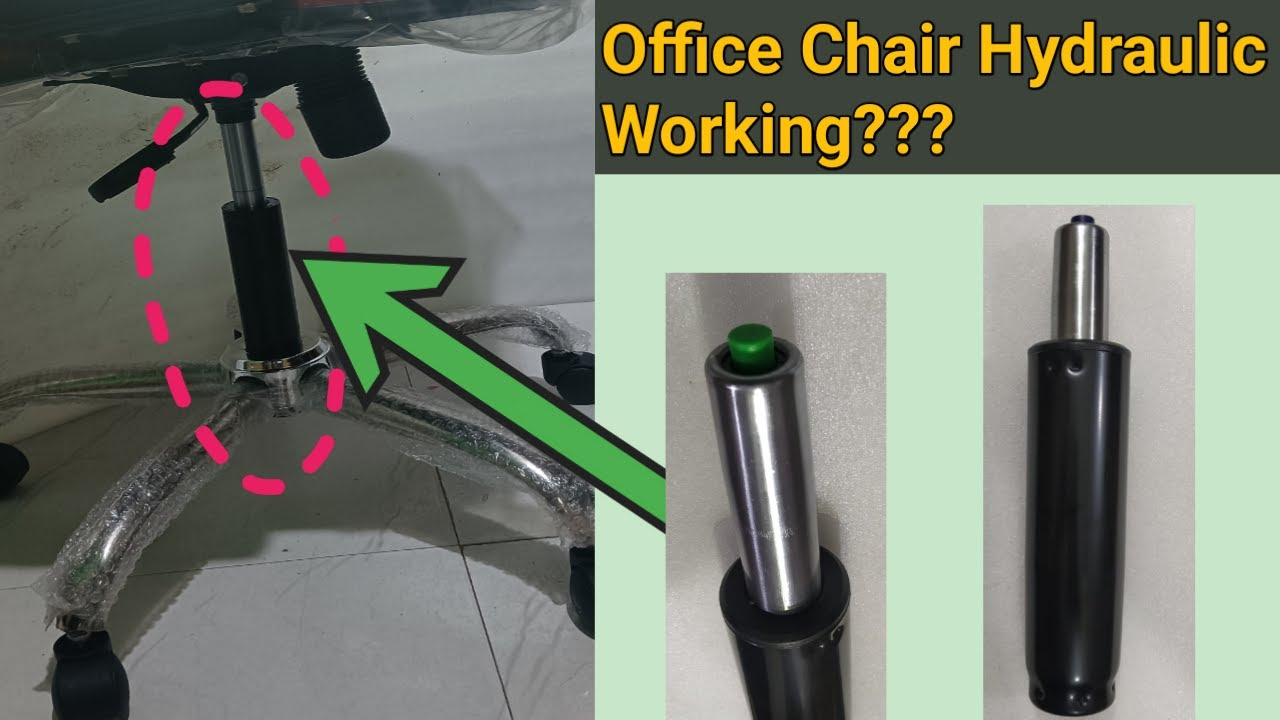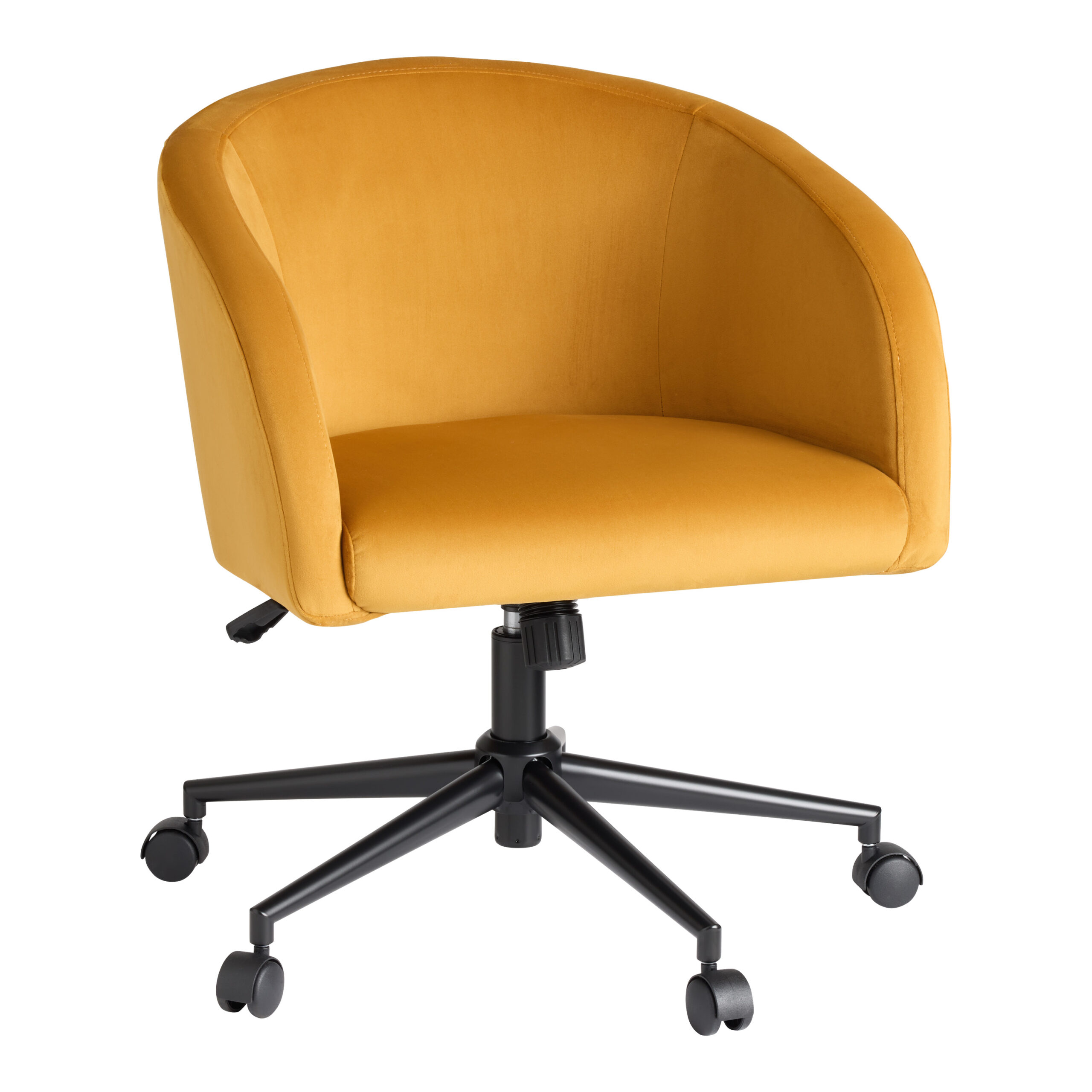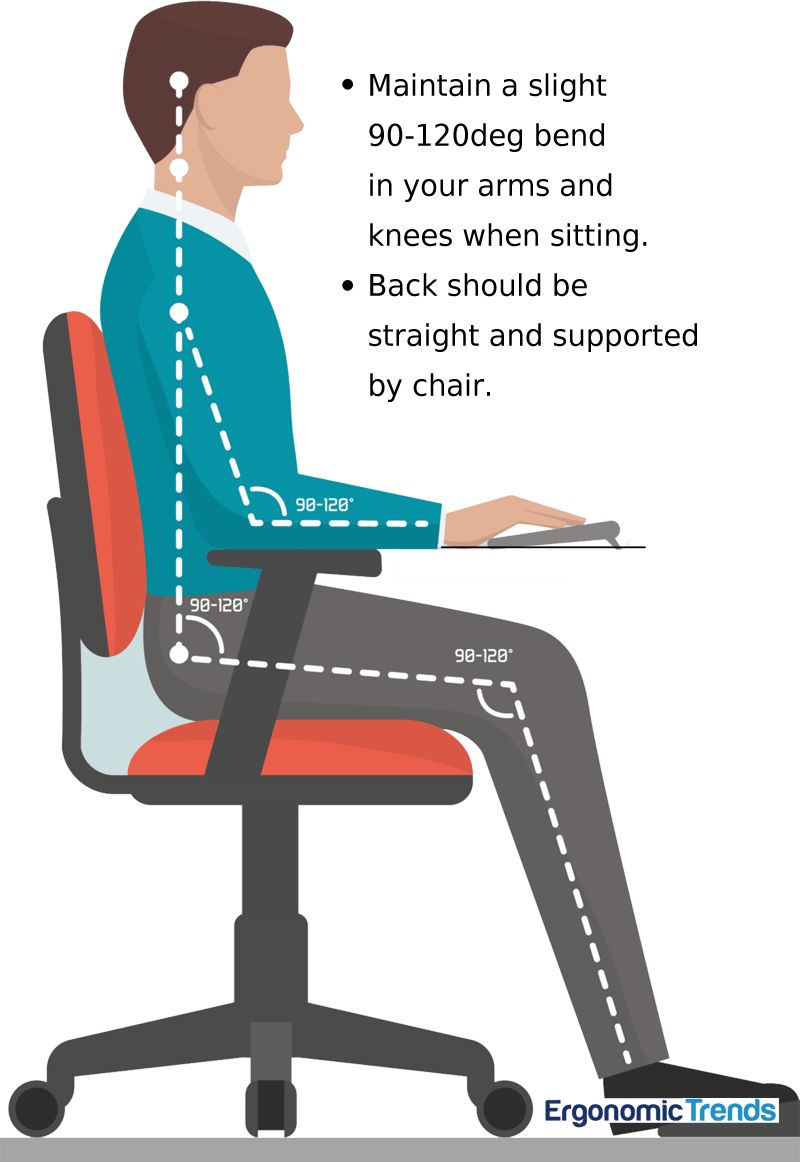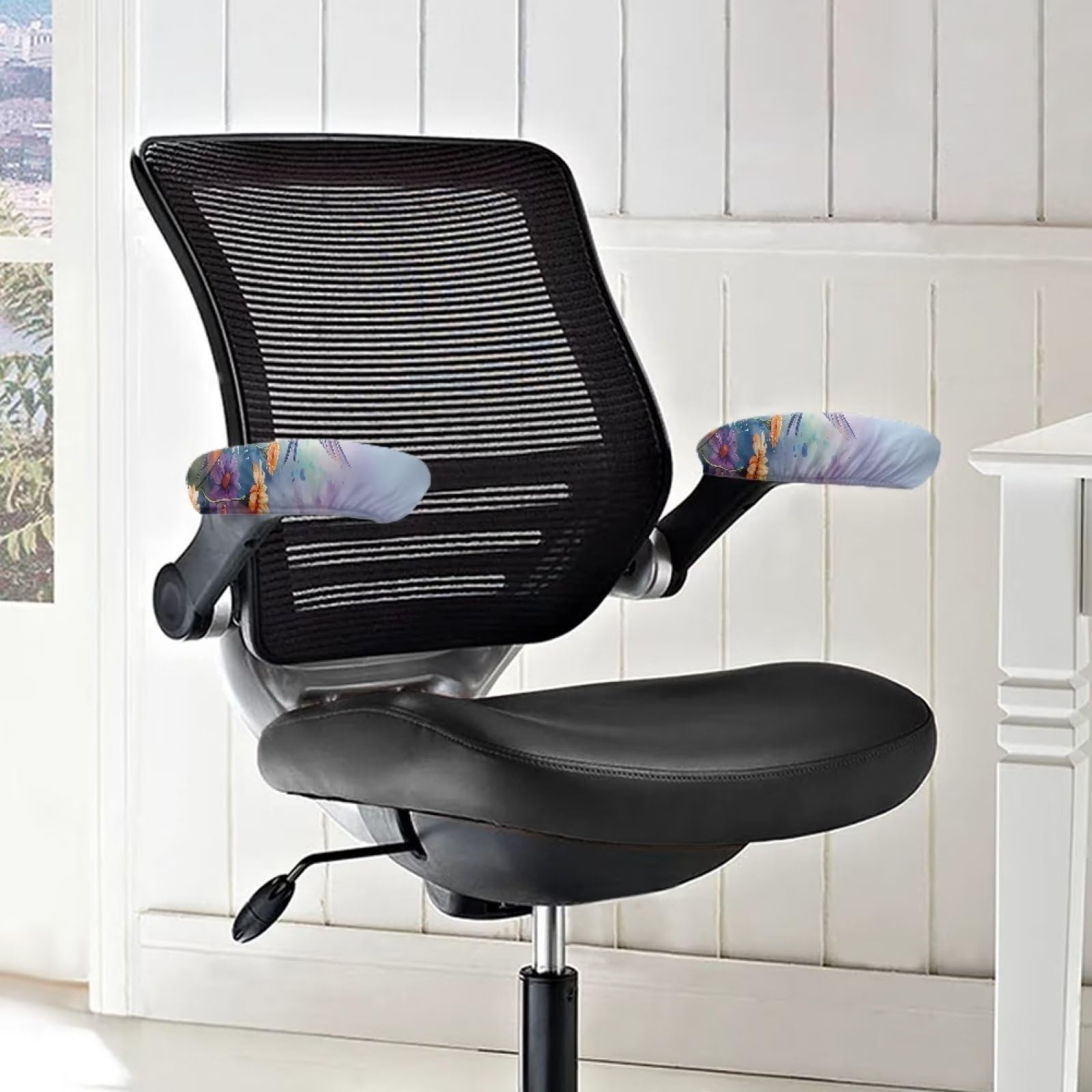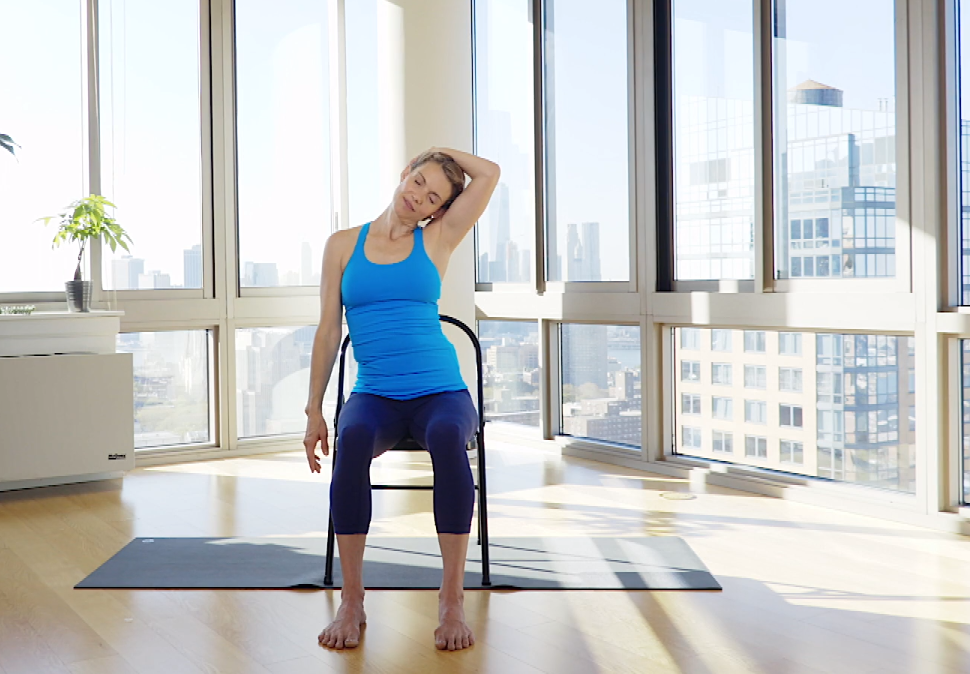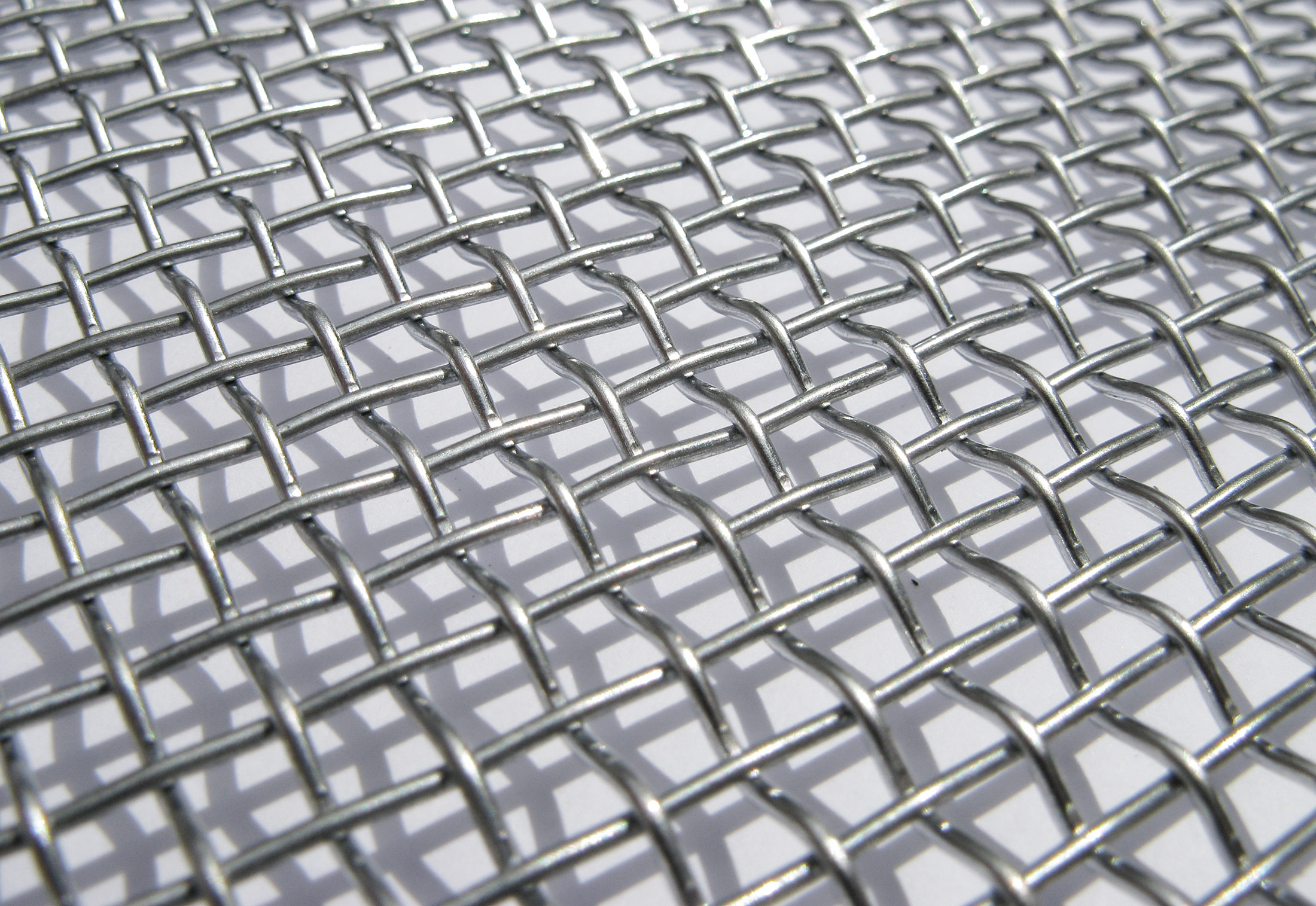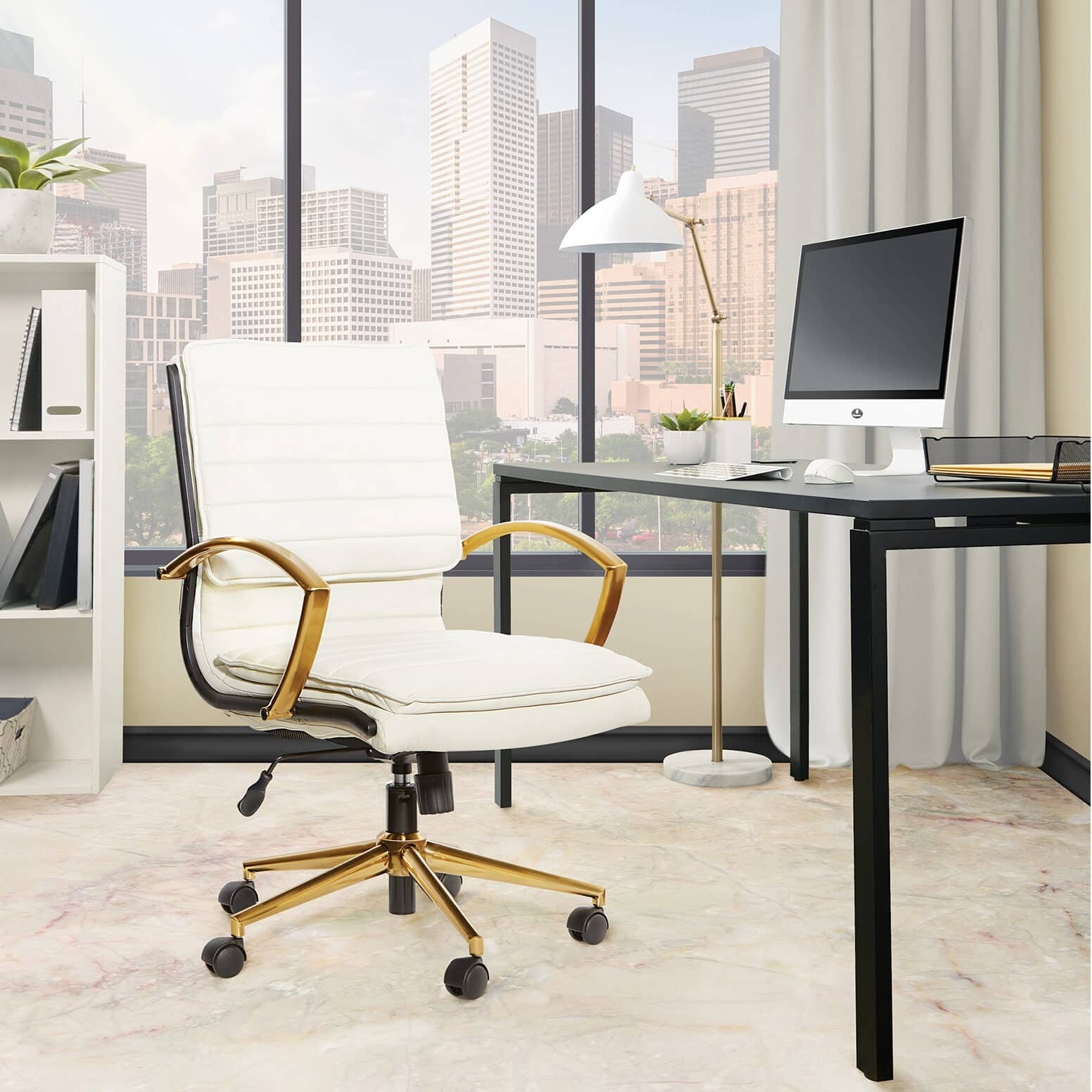We’ve all been there, right? That wobbly office chair that groans under the slightest pressure, or the one where the armrest gives way after a year. It’s not just annoying; it can really mess with your comfort and focus. But what if a chair was designed from the ground up to withstand the rigors of daily use, day in and day out? That’s where the science of robust design comes into play, especially for heavy-duty office chairs. It’s about more than just a comfy cushion; it’s about engineering a piece of furniture that’s truly built to endure.
Think about it: your office chair is probably one of the most used pieces of furniture in your life, especially if you spend a good chunk of your day at a desk. For many of us, that’s a lot of hours. And if you happen to be on the larger side, or if your workplace is a bustling environment where chairs get a lot of wear and tear, a standard chair just won’t cut it. You need something that’s built tough. But what exactly goes into making a heavy-duty office chair robust? It’s a fascinating blend of materials science, ergonomic engineering, and a deep understanding of how people actually use chairs. Let’s dive into the nitty-gritty of what makes these chairs the unsung heroes of a productive and comfortable workday.
Material Matters: The Foundation of Durability
The very first thing that separates a robust chair from a flimsy one is the stuff it’s made from. Forget cheap plastic and thin metal. Heavy-duty chairs rely on superior materials. We’re talking about high-strength steel for the frame and base, often with thicker gauge metal than you’d find in a regular chair. This provides the essential structural integrity. The upholstery? It’s not just about looks. High-density foam that resists compression over time is key. For fabric, think reinforced weaves like commercial-grade polyester or even leather that’s treated to withstand abrasion and tearing. Even the casters, those little wheels, are often made from harder, more durable materials like polyurethane to prevent premature wear and tear. It’s all about selecting components that can handle constant stress without failing.
Engineering for Strength: Load Bearing and Stress Points
It’s not just about using strong materials; it’s about how those materials are put together. Robust design involves meticulous engineering to distribute weight and stress effectively. Take the chair base, for example. A five-star base is standard for a reason – it offers superior stability and distributes the user’s weight over a wider area, reducing the load on any single point. But in a heavy-duty chair, these legs will be thicker, possibly with a wider spread. The mechanism that allows for tilting and height adjustment is another critical area. These mechanisms are beefed up, using thicker steel and more robust internal components to prevent bending or breaking under increased weight. Weld points are reinforced, and connections are often secured with stronger fasteners. It’s about anticipating where the most force will be applied and designing to counteract it.
Ergonomics and Weight Capacity: A Crucial Partnership
While durability is paramount, comfort and proper support are equally important, especially in a heavy-duty chair. Ergonomic principles are applied with a focus on accommodating a wider range of body types and weights. This means seat pans might be wider and deeper, backrests taller and more supportive, and lumbar support more pronounced. But how do they ensure it holds up? Manufacturers rigorously test these chairs to specific weight capacities. This isn’t just a number plucked from thin air. Tests involve applying and repeatedly cycling loads far exceeding the stated capacity to simulate years of use. Think of it like a bridge; it’s designed to handle a certain maximum load, but it’s also built with safety factors to cope with unexpected stresses. A chair rated for 500 pounds, for instance, has likely been tested to withstand significantly more. This testing is crucial for guaranteeing longevity and safety.
The Role of Quality Control and Testing
You can have the best materials and design, but if the manufacturing process isn’t up to par, the chair won’t be robust. Quality control is a huge part of the science. This involves everything from inspecting raw materials to checking finished products. Many manufacturers employ rigorous testing protocols that go beyond basic safety standards. These can include:
- Cycle Testing: Repeatedly raising and lowering the chair, tilting the backrest, and swiveling the base thousands of times to check for wear and tear on moving parts.
- Drop Testing: Dropping weights onto the seat and backrest to simulate impacts.
- Static Load Testing: Applying a constant, heavy weight to the chair for an extended period to check for deformation or failure.
- Durability Testing: Simulating real-world use over extended periods, often in specialized testing facilities.
These tests ensure that the chair not only meets its advertised capacity but also maintains its structural integrity and functionality over its intended lifespan. It’s this commitment to testing that gives you confidence in the chair’s robustness.
Beyond the Core: Components That Make a Difference
It’s not just the main frame and seat that contribute to a chair’s robustness. Even smaller components play a vital role. The gas lift cylinder, for instance, is a common failure point in lesser chairs. Heavy-duty models use higher-grade cylinders, often with thicker walls and more durable seals, designed to handle more frequent and heavier adjustments. The tilt mechanism, as mentioned, is another key area. Look for chairs with ‘heavy-duty tilt mechanisms’ or ‘multi-function tilt’ that allow for more controlled movement and locking in various positions, all built with thicker metal and stronger springs. Even the screws and bolts used are often of a higher grade, designed to resist loosening over time due to vibration and use. Every single part is considered in the pursuit of overall sturdiness.
Investing in Longevity: Why Robust Design Pays Off
So, why all this focus on robust design? Because it translates into a better experience and a smarter investment. A well-built heavy-duty chair offers superior comfort and support, which can genuinely improve your productivity and well-being. More importantly, its durability means it will last for many years, sometimes even a decade or more. This contrasts sharply with continually replacing cheaper chairs that break down. While the initial cost might be higher, the long-term value is undeniable. You’re not just buying a chair; you’re investing in a reliable work companion that’s engineered to stand the test of time and use. It’s about peace of mind knowing your seating is as dependable as your drive to get work done.
The science behind robust design in heavy-duty office chairs is a testament to thoughtful engineering and a commitment to quality. It’s about selecting the right materials, meticulously designing for stress distribution, and rigorously testing every component. When you choose a heavy-duty chair, you’re opting for a product that’s built with a purpose: to provide lasting comfort, support, and reliability. So, the next time you settle into a sturdy office chair, take a moment to appreciate the science and craftsmanship that went into making it a truly robust piece of furniture, ready to support you through countless productive hours. It’s an investment in your comfort, your health, and your workspace.

